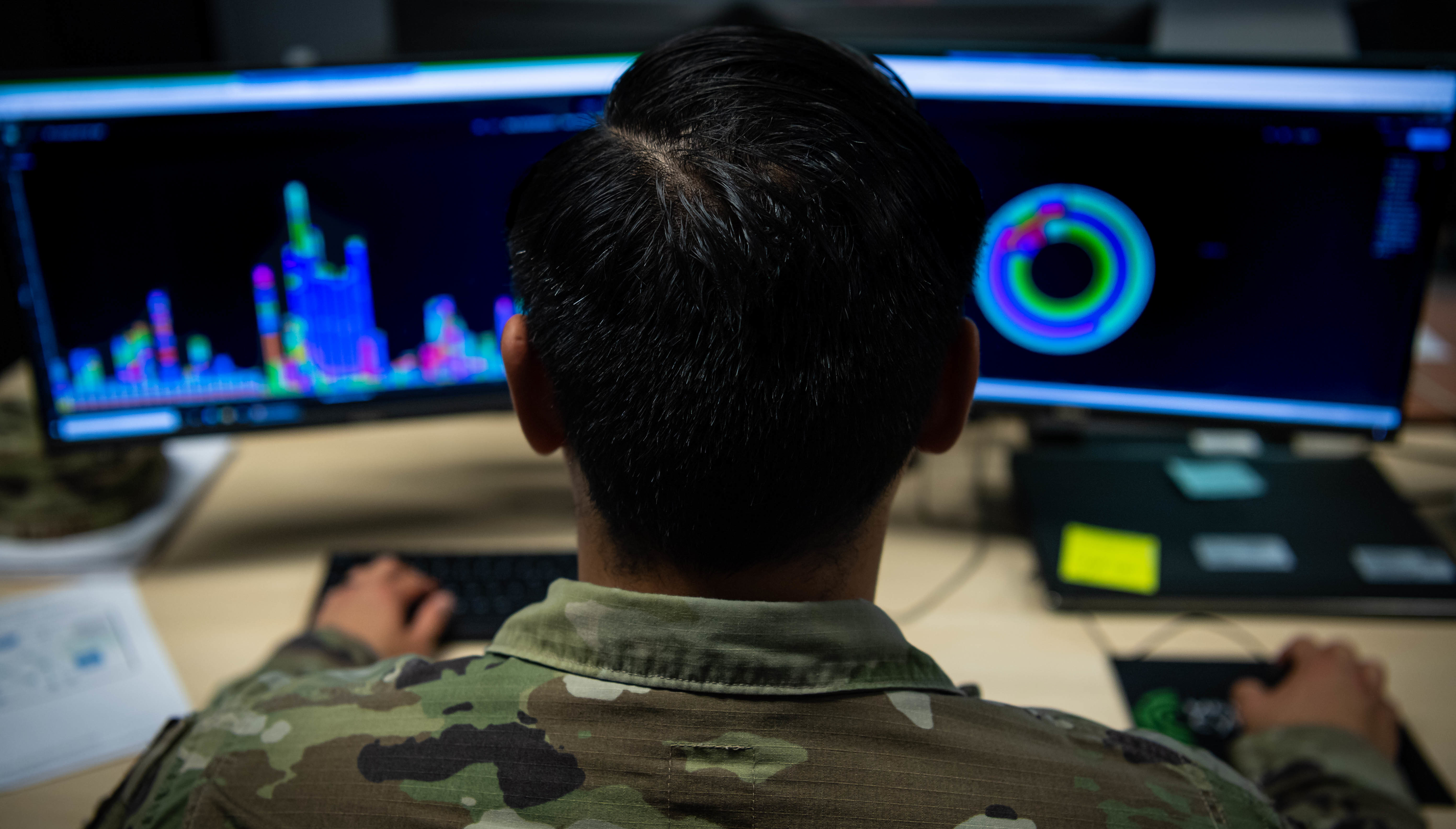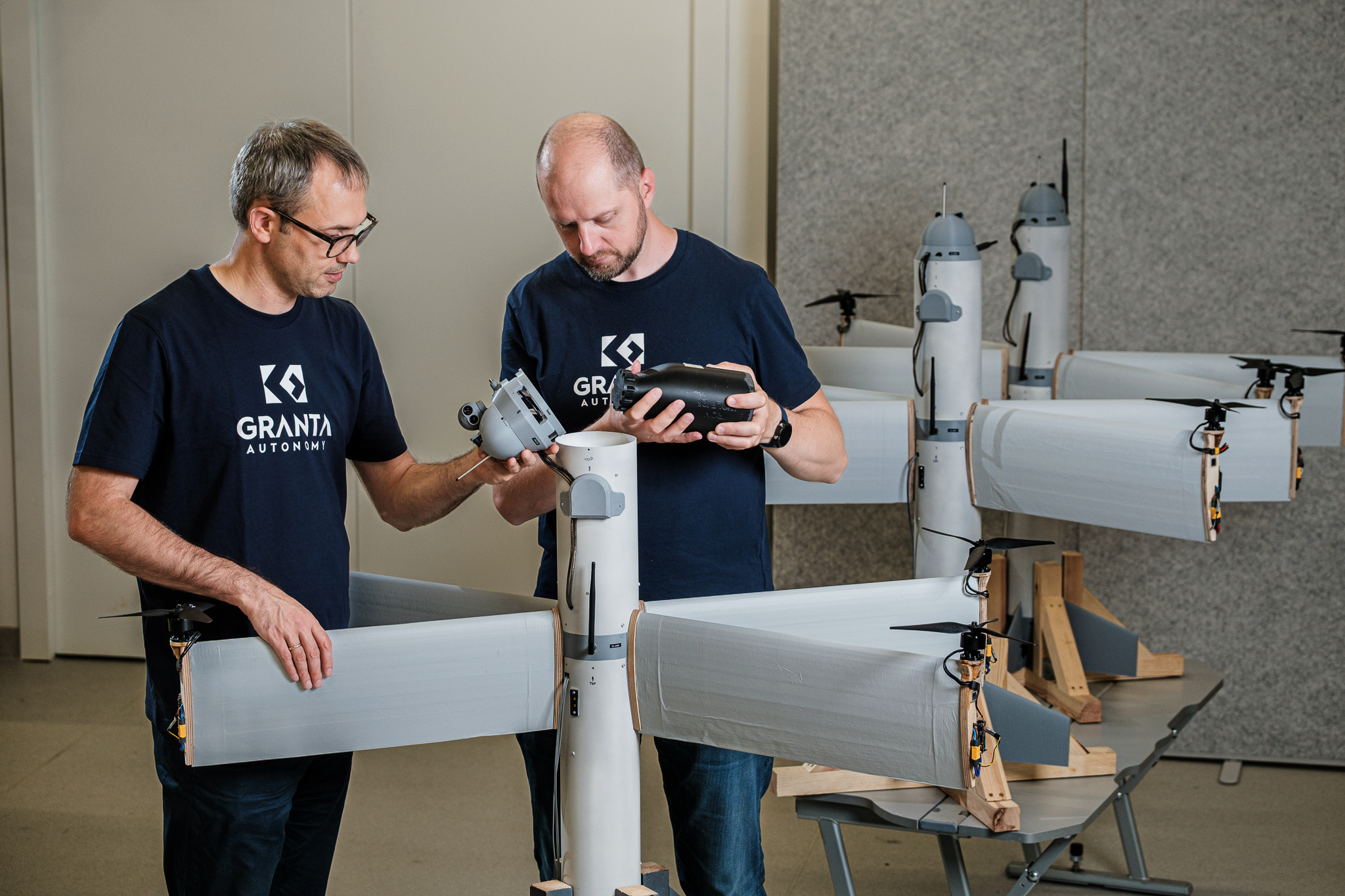
Dfinity is building big plans for Internet Computer 2.0, but how does this play into the wider Dfinity 2.0 vision? Here’s what you need to know.
The DFINITY Foundation laid out a plan it calls “Internet Computer 2.0,” positioning its blockchain as a mainstream cloud for “self-writing” apps while proposing deflation-minded tokenomics and a leaner, product-driven organization.
The update, published today by founder Dominic Williams, details new “cloud engines,” a push to cut inflation in 2026, and spin-out ventures built to drive adoption.
Why Is Node Independence Important for ICP’s Cloud Engines?
The headline feature is “cloud engines.” Teams will be able to spin up private ICP subnets through the NNS configurator with guardrails on node independence and geography.
Over time, these engines could run across major cloud providers and remain fault-tolerant. Key terms in focus include cloud engines, NNS configurator, and node independence.
DFINITY is also shifting how it works. The foundation says it will ship faster with a tighter focus on UX and product fit rather than pure research.
That includes clearer packaging, simpler onboarding, and more direct support for builders. Key terms here are DFINITY 2.0, UX, and product fit.
On tokenomics, Williams floated “Mission70,” a target to reduce ICP inflation by roughly 70% in 2026. The path runs through lower governance rewards and a burn-based split on engine revenue.
The working idea: 80% to node providers and 20% burned. Any change would require an NNS vote. Key terms: Mission70, governance rewards, and burn.
DFINITY is also backing spin-outs to pull in users. Beyond Caffeine is pitched as an AI layer for building apps from natural-language prompts.
UTOPIA targets private cloud networks. “Convo” remains in stealth.
The goal is simple: ship products that bring real usage to ICP. Key terms: Beyond Caffeine, UTOPIA, and Convo.
EXPLORE: Top 20 Crypto to Buy in 2025
How Is DFINITY Bringing AI Deeper Into the Internet Computer Stack?
DFINITY spent 2024–25 building AI into its core stack. It introduced on-chain inference last year and moved ahead with a public rollout of Caffeine this year.
In recent remarks, founder Dominic Williams said Caffeine is meant to let people build and update live applications through simple chat.
The system utilizes Motoko and ICP’s runtime to safeguard stored data during upgrades, ensuring that apps remain intact and do not lose information.
“You will talk to AI. AI will give you what you want on a URL,” he said. He described AI not as a tool for programmers, but as the system that writes and maintains apps.
A new version of Internet Identity is also in testing. It supports passkeys and Google sign-in to make onboarding easier.
Ahead of Caffeine’s broader rollout, the team proposed expanding application subnets to make room for more AI-driven app creation.
ICP rallied on Monday, rising about +35% while most major tokens slipped. By early Tuesday, it traded near $3.90 on strong volume.
Now the focus shifts to how this will be managed and when it rolls out.
People want to know when the first cloud-engine proposals will reach the NNS, how the Mission70 plan will reduce inflation in practice, and whether Caffeine’s growing user numbers will lead to actual on-chain activity and burn.
Traders will also watch for a clear 2.0 roadmap with dates and early enterprise pilots running on these engines.
EXPLORE: Best New Cryptocurrencies to Invest in 2025
The post Everything You Need to Know About Dfinity 2.0 appeared first on 99Bitcoins.
Altcoins, Altcoin News Today
99Bitcoins
[crypto-donation-box type=”tabular” show-coin=”all”]






